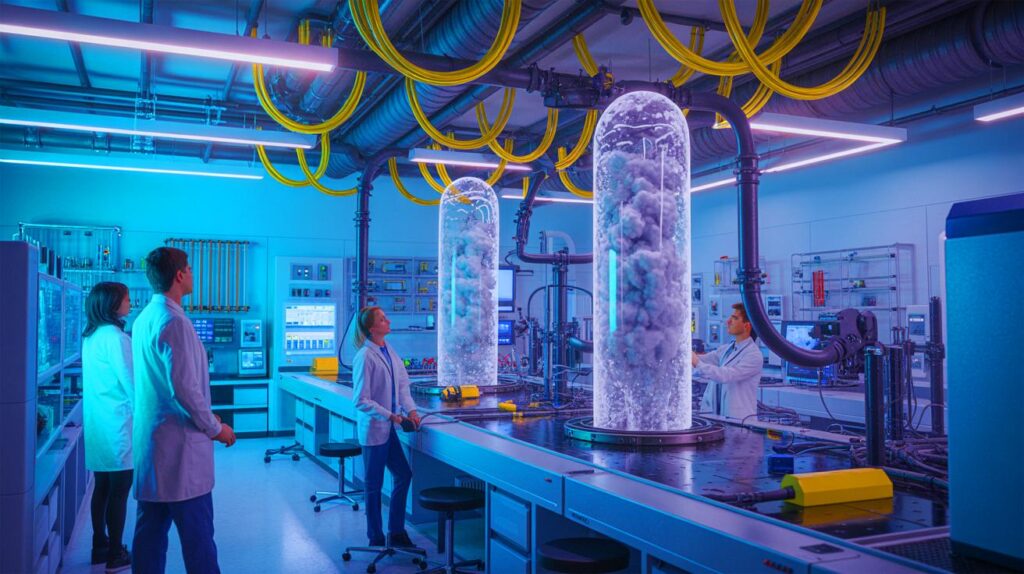Researchers at Georgia Tech have developed an innovative method to capture carbon dioxide more efficiently by utilizing extremely cold air and everyday materials. This approach leverages cold energy from liquefied natural gas (LNG) to enhance the performance of physisorbents in carbon capture, potentially reducing costs to $70 per metric tonne, making it more accessible for global deployment.
Traditional direct air capture (DAC) systems often rely on energy-intensive chemical reactions, but this new method employs physical adsorption, which is less energy-consuming and offers faster gas intake. By utilizing the extreme cold from LNG regasification, researchers create ideal conditions for capturing CO₂, effectively removing water vapor and allowing materials like Zeolite 13x and Calf-20 to perform exceptionally well at low temperatures.
The economic implications are significant, as this method could result in the capture of over 100 million tons of CO₂ annually by 2050. By integrating existing LNG infrastructure, DAC systems could be deployed in a wider range of climates, not just dry regions. The study also expands the range of materials suitable for DACs at lower temperatures, unlocking new possibilities for carbon capture solutions.
Overall, Georgia Tech’s breakthrough represents a pivotal development in carbon capture technology, offering hope in the fight against climate change and indicating opportunities for future research and collaboration.
Source link


